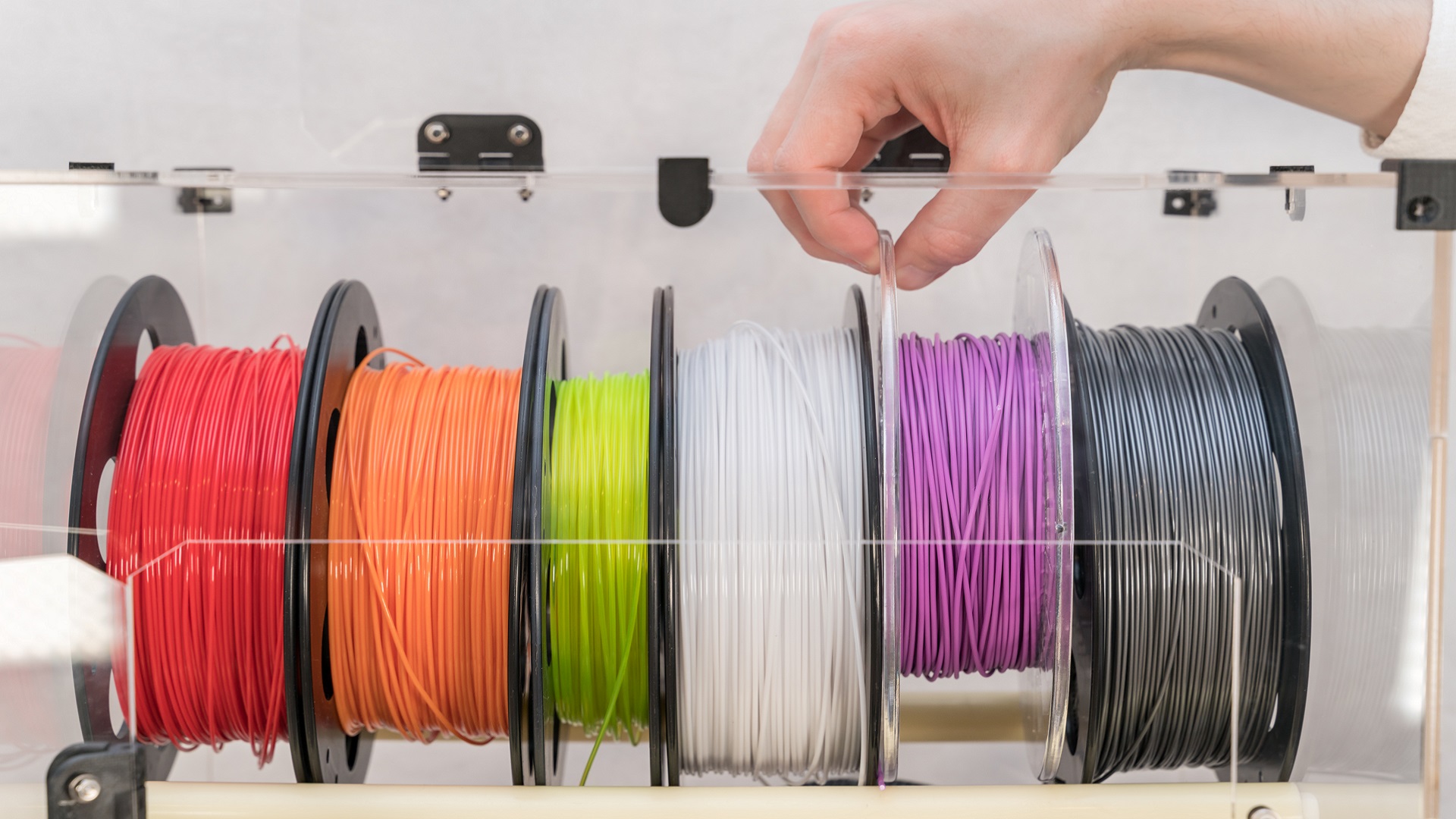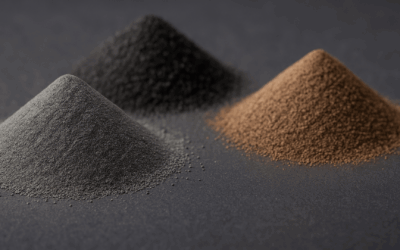3D printing has revolutionized the way products are developed and manufactured, offering cost-effective solutions for producers of every level. The possibilities are seemingly endless, and researchers continue to test new techniques and materials every day. This article will explore 3D printing technology and its many emerging uses around the world.
3D Printing Explained
3D printing is an additive manufacturing process that creates a physical object from a digital 3D design. Items are created by melting and laying down successive layers of material one by one. This process can take on a variety of forms, including fused deposition modeling (FDM), selective laser sintering (SLS), and stereolithography (SLA).
In the greater history of manufacturing, 3D printing is a relatively new concept; the first known printer was invented in 1984. Technology has come a long way since then and can now produce complex objects with precision and detail far surpassing conventional manufacturing methods.
Exploring Common 3D Printing Materials
Most 3D printers work by sourcing and melting a given material before applying it with a robotically-controlled nozzle. The type of material used depends largely on the application at hand as well as the level of detail and resolution required. Let’s review two of the most popular options:
Plastic
Plastic is a staple of the industrial world. This easy-to-produce and adaptable material can be used for a variety of purposes and is especially effective in 3D printers.
These machines are capable of melting and breaking down feeds of plastic filament quite quickly, producing products that are often strong, lightweight, and cheap to source.
Furthermore, plastic isn’t a single material in and of itself. Printers can use a variety of types, each made from different compositions of chemicals and polymers.
Some of the most popular plastics in 3D printing include:
– PLA (Polylactic acid)
– Polyvinyl Alcohol Plastic (PVA)
– Acrylonitrile Butadiene Styrene (ABS)
– Polycarbonate (PC)
Metal
Metal serves as the structure for countless items and goods, particularly due to its durability and strength. It can be sourced relatively easily, and in many cases, recycled efficiently. Industrial 3D printers melt this material well, allowing for the easy creation of products that are as complex as they are strong.
Manufacturers use a range of metals in their 3D production processes. Some types are more effective for certain applications, while others are popular due to their easy accessibility or low cost.
Here are a few of the most commonly used varieties:
– Stainless Steels (17-4 PH, 316L, 304)
– Tool Steels (H13, A2, D2)
– Specialty Alloys (Inconel, Cobalt Chromium)
Emerging Uses of 3D Printing Technology
With the flexibility and versatility of 3D printing comes a host of potential applications to explore. Designers and hobbyists alike are leveraging this technology to create everything — ushering in an era of futurism for manufacturers small and large. This section will explore some of the most exciting use cases that have been discovered to date.
Food-Related 3D Printing
Messy kitchen countertops? Dirty bowls and mixers? Who needs them when you can predictably print a perfect cake every time using a 3D printer?
These machines have recently become a tool of the culinary world, employed in some of the world’s finest restaurants and bakeries. Their ability to create ultra-precise designs has proven to be a huge boon to chefs and bakers alike, enabling them to craft intricate treats that would have otherwise taken hours of manual labor to create with the push of a button.
Some alternative meat companies are even investing in 3D printing as part of their effort to replicate the texture of real steak or chicken in soy-based products. While these take quite a while to create, it’s a quickly-evolving field that could potentially revolutionize the food industry.
3D Printing In the Construction Industry
As exciting as 3D printed cheesecake might be, additive tools are also transforming the way we design and create buildings. Various materials are being used in constructing 3D printed structures, including concrete and wood composites. These composites offer a range of benefits when compared to traditional construction materials, such as greater strength and durability, flexibility in design, and cost savings due to the elimination of labor-intensive processes. This makes them a great choice for building durable, eco-friendly structures that can withstand the test of time.
3D printing is also being used to create components for use in existing structures, such as window frames, doors and staircases. These components are precision-engineered for better performance, offering improved energy efficiency and aesthetics.
3D Printed Ceramics
Thanks to the development of specialized 3D printers, artisans can now manufacture intricate and complex ceramic pieces with a fraction of the effort previously required. These devices can provide superior accuracy, which is why they’re becoming a go-to tool in the ceramic industry.
Using a combination of robotic printing and traditional hand-forming techniques, ceramicists can now produce high-quality sculptures, dinnerware sets, and more with ease.
3D Printed Cosmetics
Beauty enthusiasts have 3D printing to thank for some of the most intricate and personalized makeup products currently on the market. This technology enables designers to craft customized shapes, textures, and even colors tailored to individual preferences, as well as create multi-colored and multi-textured finishes that would be impossible to achieve with traditional methods.
3D Printed Clothing
While this application is still very much unexplored, several fashion designers have already given it a go on catwalks. 3D printed garments offer a number of advantages over traditional clothing, such as the ability to quickly and easily customize designs, create complex patterns in less time, and ensure superior comfort with a perfect fit.
From the fashion world to the kitchen, 3D printing is sure to leave its mark on industries far and wide. Its ability to create intricate and personalized designs with a fraction of the effort is a disruptor in many fields and will only continue as additive manufacturing technology advances. Now, the only question is what new material will be printed next?
Sign up today for a free Essential Membership to Automation Alley to keep your finger on the pulse of digital transformation in Michigan and beyond.
Automation Alley is a World Economic Forum Advanced Manufacturing Hub (AMHUB) for North America and a nonprofit Industry 4.0 knowledge center with a global outlook and a regional focus. We facilitate public-private partnerships by connecting industry, education and government to fuel Michigan's economy.




